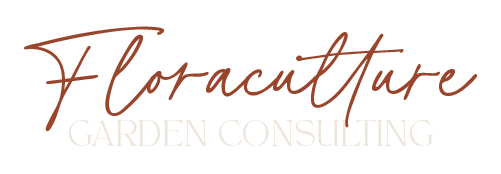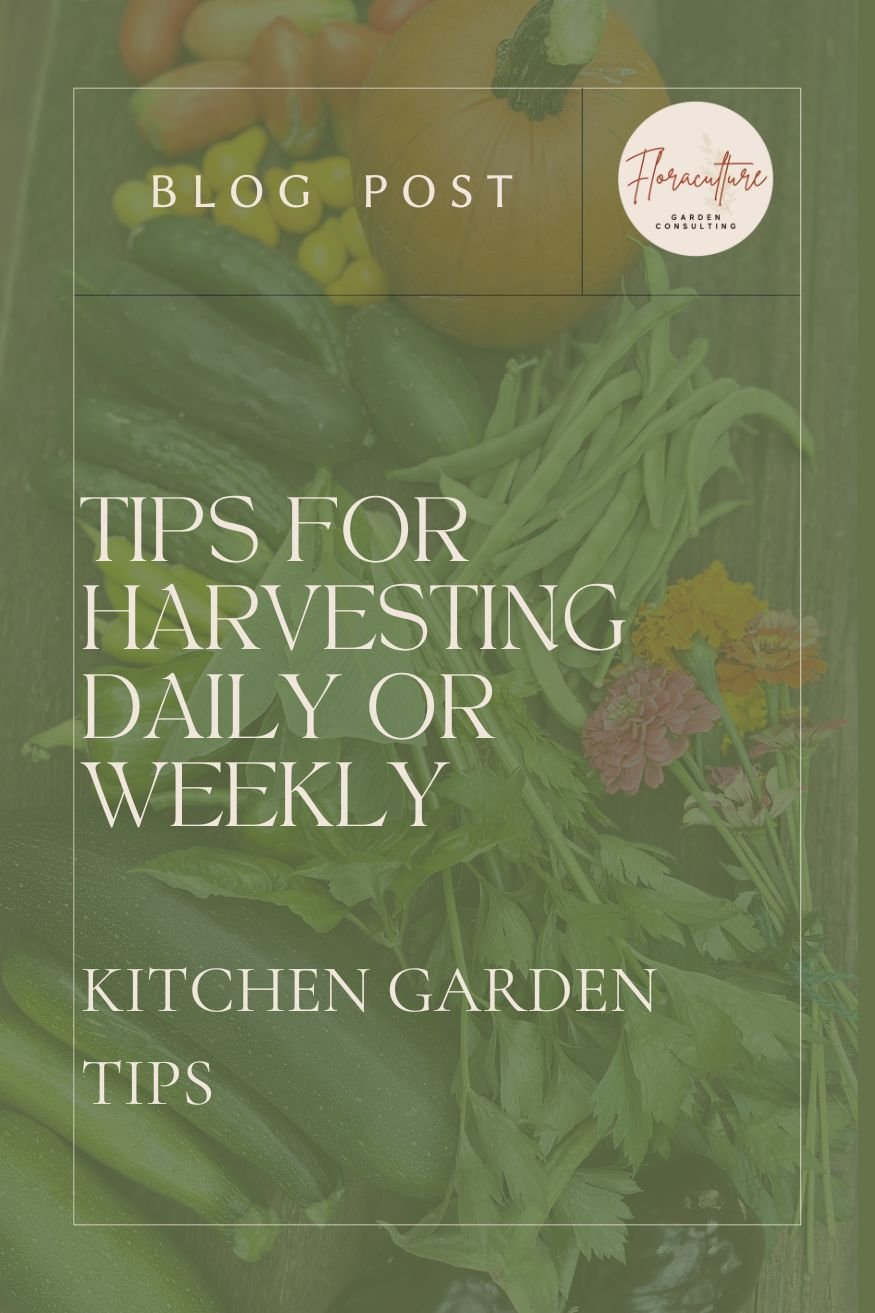Tips for Harvesting Daily or Weekly
So I often get asked what tips I have to be harvesting more frequently from your garden. If you've been following me, I have been harvesting from my garden almost daily, if not at least weekly. And the first tip that I have to make that happen is to think about what your intention is behind the garden when you set it up. And if you're thinking to yourself, well, my garden is already set up, how does this help me? There's still things you can do, so stick with me.
Tip 1: Set the intention of kitchen garden or vegetable garden
So my garden is planted like a kitchen garden, and the purpose of that is so that every day I go out and find things fresh to use in my kitchen. If I'm cooking and I go, oh, I need some time for this recipe, I go out and I cut some. Or on the flip side, if I see some cucumbers coming in or peppers, I can adjust my recipes accordingly and use them fresh. This differs from a vegetable garden because often when you're planting a vegetable garden, you're using a whole bed for just tomatoes or a whole bed for just peppers, and then you have a surplus often, and you're canning and you're preserving.And that's not to say that you can't, can, and preserve from your kitchen garden, and you totally can. But that's not the intention off the bat. So when I plant my four beds, I'm not planning for the surplus. I'm planning just to have a variety of things that I can use fresh every day, and that is also achieved.
Tip 2: Maximize Bed Space, Vary What is Planted in size and harvest time
The second tip is to plan to maximize my bed space and then also think of the sizes and the days to maturity of what I'm planting.So if you have larger things planted right now, like tomatoes or peppers or even kale, and it's mid summer right now, these things are getting taller. That means you could be planting some quicker and smaller things around them to maximize your space. I personally have a few planters right now with tomatoes in them, bare soil around them so I will plan to plant some arugula seeds or plant some quick growing greens, and just fill out that space. Similarly, if you have empty soil or bed space around these peppers or these tomatoes, just fill it in with things that are shorter.My favorites for that are like bush beans, arugula, as I mentioned, or as we transition into the cooler season in August or September, then you can start doing some lettuces or radishes. I'm sure I'm forgetting a bunch, but those are just what come from top of mind. .
Tip 3: Create a Planting Plan
One practical tip to get started, and I do this in the winter, is to make a planting plan so that you can visualize it. So my beds are all six by two.So I literally do something like this to show each square. And then I plan out which thing is, if I'm doing some peppers, those large circles would be my peppers down the middle. Along the sides might be carrots or greens.There are so many different ways. Smaller circles might be herbs, or those might be your bush beans or your edamame. There's really a lot you can do to fill in each bed space. When we are used to planting vegetable gardens, you're probably used to planting a monoculture, which is not great for diseases and pests, but it's also not great to maximize your bed space. You're going to be wasting a lot. So think about instead of just filling this entire bed with just your peppers or tomatoes, think of everything else you could fill it with too. And these carrots or radishes, whatever they are, that are along the side, they're going to be ready within two months, a lot quicker than everything else. And so you pull them out and you'll plant some more. There are really ways that you can constantly be harvesting and constantly be rotating out your bed space to make the most of it.
How Can I Get More Help?
So I hope that this is helpful. When I do consultations for gardeners, especially those in the Detroit area that already have gardens, rather than doing a digital design, we do a planting plan. So it's just a way to kind of make over your space by making the most of it and planting something like this in it. We would go through what you want to grow. Make a planting a plan based on trellis that you have, and then create it so you know exactly how to maximize your space.
www.floraculturegardens.com/consultation


